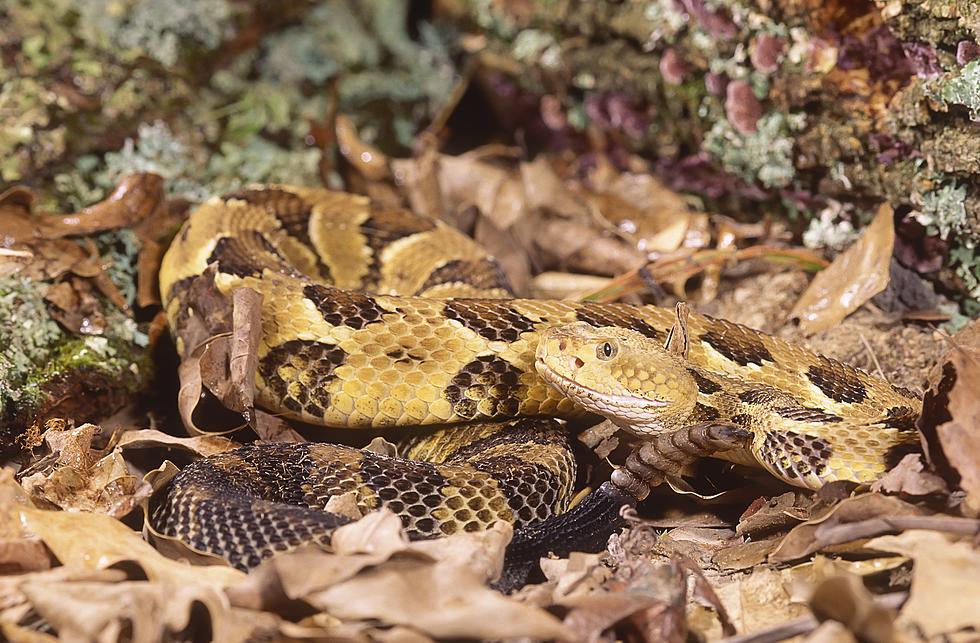
Hudson Valley Baby Rattlesnake Myth Debunked
Hikers and nature lovers of the Hudson Valley have probably come across some type of wildlife on their adventures.
If you're a part of any of the hiking or outdoor groups on social media in the Mid-Hudson region, you have probably seen a picture or two of rattlesnakes. Yes, for those who don't know, Timber Rattlesnakes and Copperhead Snakes can be found living in the Hudson Valley.
Earlier this summer, we reached out to the Department of Environmental Conservation in New York and asked if there was an influx in rattlesnake sightings this year. They told us in short, no. We're seeing more people talk about sightings due to the fact that more people are out and about after the post-pandemic lockdown.
The latest rattlesnake hot topic I've seen in the hiking groups has to do with baby rattlesnakes. According to the DEC, female rattlesnakes give birth to between 4 and 14 "young every three to five years between late August to mid-September."
Many of the baby rattlesnake conversations allege that the young snakes have more venom and are more dangerous than an adult rattler.
We wanted to get to the bottom of this. Is it true that the young rattlers are more venomous? So, we went right to the source.
Lori Severino, on behalf of the Department of Environmental Conservation, shared with us the following:
Although not well-studied, it is a popular myth that immature rattlesnakes, including young of the year neonates, are more dangerous or venomous than adult rattlesnakes. Older, larger rattlesnakes have larger venom sacs, and correspondingly, a greater volume of venom than younger snakes and the age of the snake does not seem to be strongly correlated with the likelihood of receiving a “dry bite” (a bite with no venom).
The Timber Rattlesnake page on the DEC website also doesn't mention anything about young rattlesnakes being more dangerous.
With that being said if you do see a rattlesnake in the Hudson Valley, the DEC is interested in hearing about it. Severino said "If you encounter a rattlesnake while hiking, call (845-256-3098) or email (wildlife.r3@dec.ny.gov) DEC’s Region 3 Wildlife program to report your sighting. Please include the specific location, including coordinates if available, and a photo if one can be taken without endangering your safety or the snake’s safety."
The DEC explains that rattlesnakes don't attack unless provoked and they recommend that if you do come across a rattlesnake, don't panic and stay a safe distance away (at least 6 feet away) and let them move along on their own.
LOOK: Here are the pets banned in each state
WATCH OUT: These are the deadliest animals in the world
5 Lock Screen Worthy Photos From Minnewaska State Park
More From WPDH-WPDA









